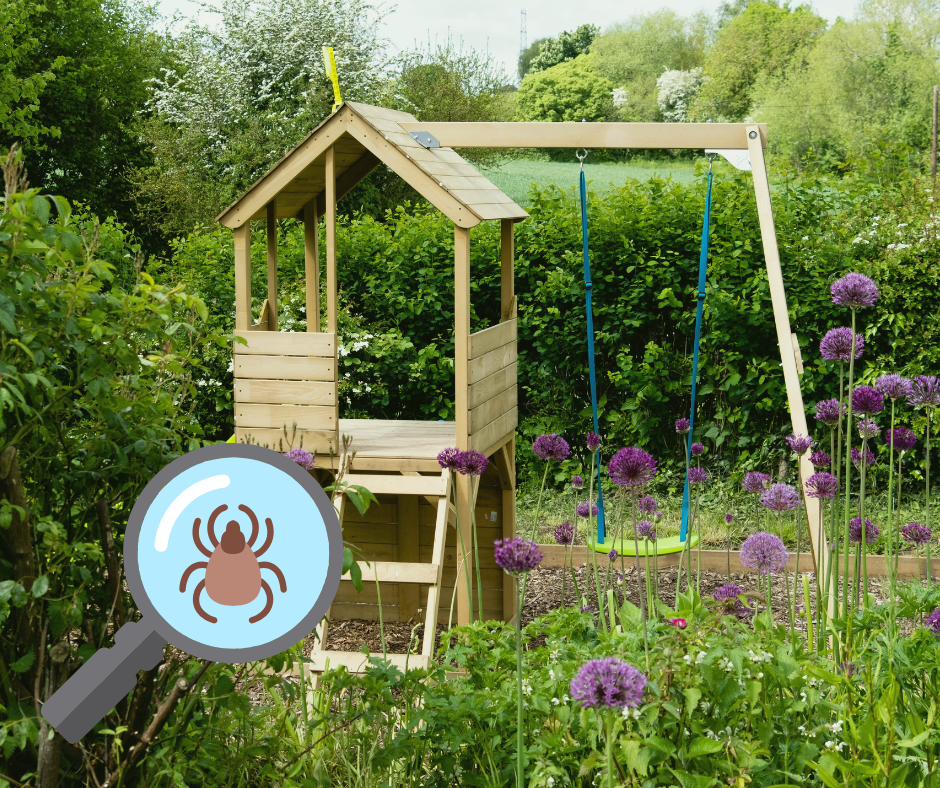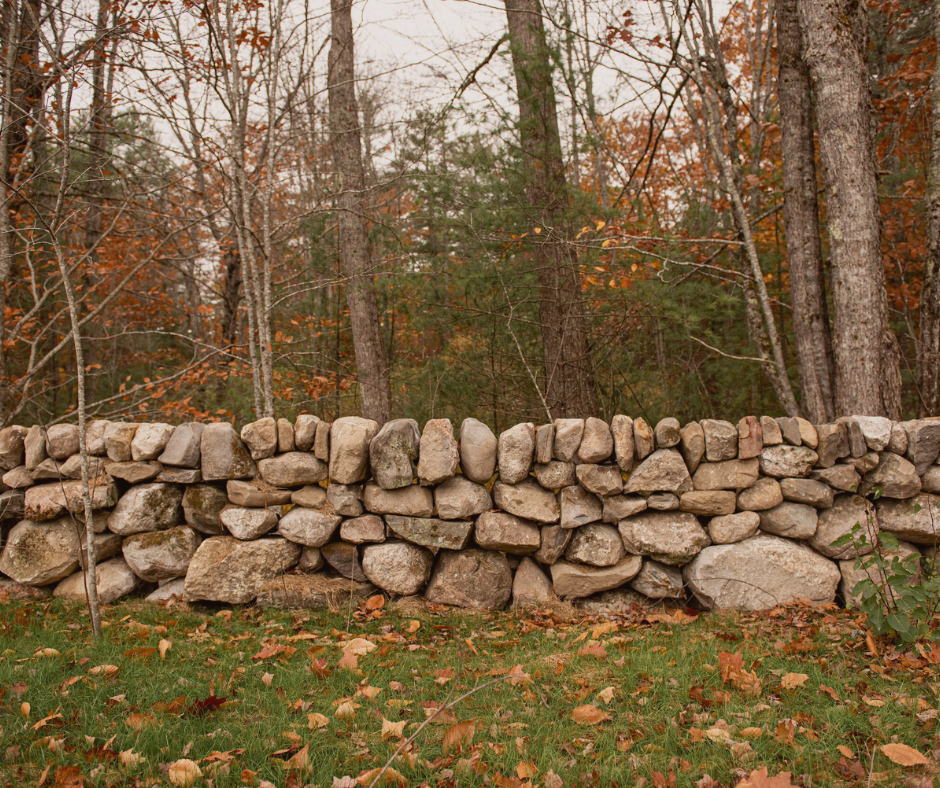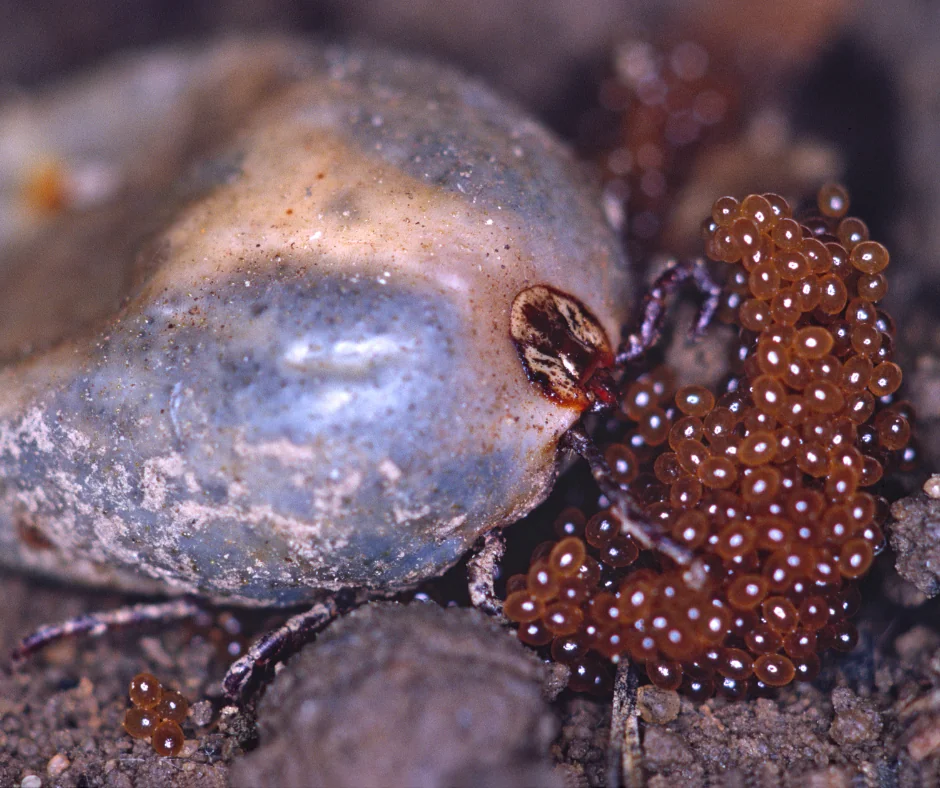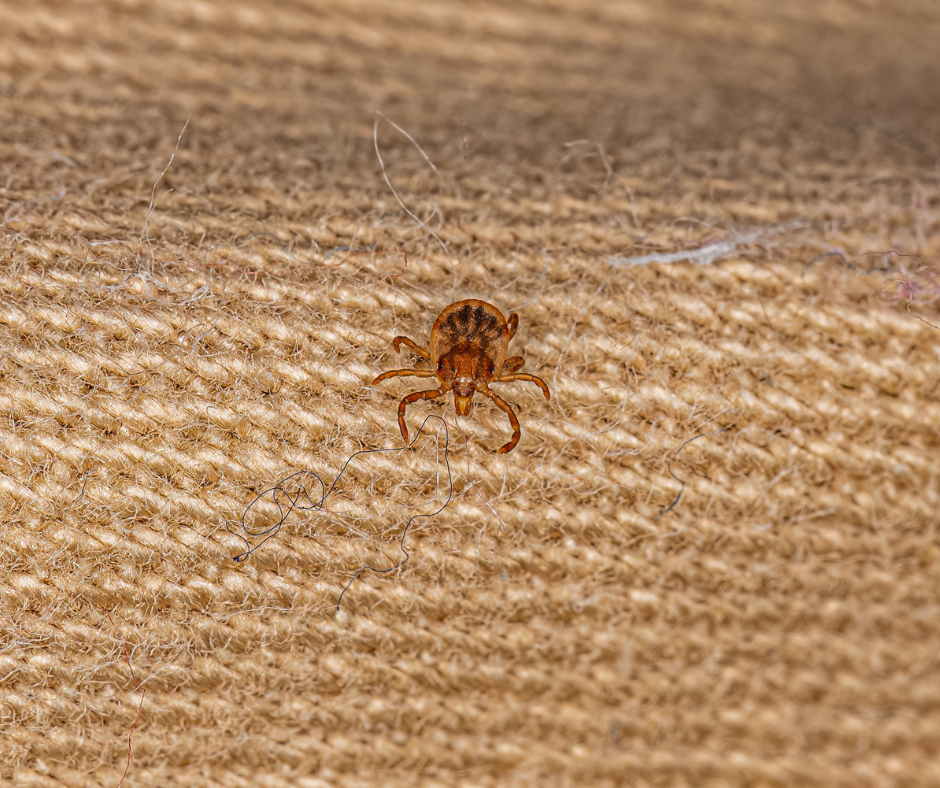

Ticks are more than just a backyard nuisance—they are vectors for dangerous diseases like Lyme disease, babesiosis, and anaplasmosis. And, they can make their way inside your home. These tiny parasites thrive in areas where they can easily latch onto a host, including humans and pets. Understanding where ticks hide on your property and how they can get inside your home is key to keeping your family safe.
Ticks thrive in moist, shady environments and are often found in specific areas of your yard that provide cover, humidity, and access to hosts. Here are some of the most common tick hotspots:
Leaf litter provides an ideal environment for ticks. The decaying organic matter retains moisture, which helps ticks survive extreme weather conditions. Additionally, small rodents and common tick hosts like mice and chipmunks, often burrow into leaf piles for shelter. Keeping your yard clear of leaf piles, especially near the edges of your property, can help reduce tick populations.
Although it is fun, avoid encouraging kids or pets to jump into leaf piles. They are basically diving right into a prime tick habitat!
Stone walls may seem like an attractive landscaping feature, but they also provide a haven for ticks. Research from the Connecticut Agricultural Experiment Station (CAES) shows that ticks are most abundant in the transition area between forest and lawn, known as the “ecotone.” Stone walls, which are often located in this zone, create a perfect hiding place for small rodents, which in turn attract ticks. The gaps and crevices between stones provide cool, damp conditions that ticks need to survive.

Ticks are commonly found in tall grass and overgrown areas where they can easily attach themselves to passing animals and humans. They climb to the tips of grass blades or low-hanging vegetation, waiting to latch onto a host. This behavior is known as “questing.” Keeping your lawn trimmed and maintaining a clear perimeter around your home can help minimize tick encounters.
Much like stone walls, stacked wood piles create cool, humid environments that ticks find ideal. These areas often attract rodents, which bring ticks with them. Keeping woodpiles neat, dry, and stored away from frequently used areas of your yard can reduce the risk of ticks spreading.
Ticks are also found in garden beds, especially if they are dense and retain moisture. If you have thick mulch or overgrown shrubs near your home’s foundation, ticks may use them as shelter before finding their way indoors. Trimming back shrubs and using dry mulch like cedar chips can deter ticks. They do not like the feeling of wood chips or gravel on their feet. This is why many people add a 2 foot barrier of wood chips or gravel between their lawn and the woods.
Although less common, ticks can hide in outdoor furniture, especially if it is placed near tick-prone areas. If you have playsets, swing sets, or lounge chairs close to wooded areas or tall grass, regularly check for ticks and clean them often. At ohDEER, we spray these high-traffic outdoor areas directly with our all-natural solution.
While ticks do not build true nests, female ticks lay hundreds to thousands of eggs in clusters known as “tick nests.” These sticky, gelatinous egg masses are often found in soft soil, leaf litter, or grassy areas. They are sometimes found near trail edges, where hosts like deer will be passing through. After about 40 days, the eggs hatch into larvae, creating a surge in tick activity.
If you find a tick nest near your home, avoid trying to destroy it by stomping on it or hosing it down, as ticks are highly resilient. Instead, submerge the nest in rubbing alcohol or vacuum it up to ensure the eggs are eliminated before they hatch.

Ticks do not just stay outside, they often find their way indoors by latching onto pets, clothing, or other unsuspecting carriers. Here are some of the most common ways ticks can invade your home:
Dogs and cats frequently bring ticks indoors after spending time outside, especially if they wander through wooded areas, tall grass, or leaf piles. Once inside, ticks can drop off and hide in carpets, pet bedding, or furniture. Regularly checking pets for ticks and using veterinarian-approved tick prevention treatments can help prevent an infestation.
Ticks can attach to your clothing as you walk through your yard, especially if you brush against tall grass or bushes. Once inside, they may crawl onto furniture, bedding, or floors, waiting for an opportunity to attach to a new host. To minimize the risk, wear light-colored clothing when spending time outdoors, tuck your pants into your socks, and immediately wash and dry your clothes on high heat after outdoor activities.
If you store firewood outdoors, it may harbor ticks. When you bring logs inside, ticks can crawl off and settle into your home. The same goes for camping gear, backpacks, and gardening tools. Always inspect and shake off any outdoor equipment before bringing it inside.
Ticks are not known for being fast movers, but they can still enter homes through open doors and windows, especially if there are nearby shrubs or plants that act as bridges. Installing fine-mesh screens and sealing gaps around doors can help reduce the likelihood of ticks sneaking inside.
Ticks often attach to human hosts without them realizing it. They prefer warm, hidden areas like the scalp, behind the ears, armpits, and the backs of knees. Performing a thorough tick check after spending time outdoors is crucial to preventing tick bites and stopping them from being transported indoors.

Now that you know where ticks hide and how they get inside, here are some steps you can take to keep your home and yard tick-free:
Learn more details about these tick prevention strategies in this blog from ohDEER. By understanding where there could be ticks hiding on your property and how they enter your home, you can take proactive steps to protect yourself, your family, and your pets from tick-borne illnesses. A combination of good yard maintenance, pet care, and regular tick checks will go a long way in keeping your environment safer from ticks and the diseases they carry!